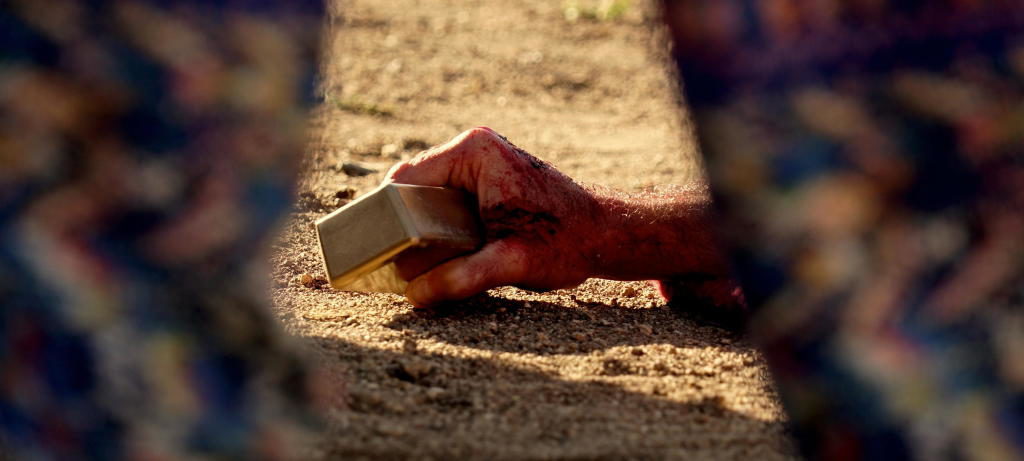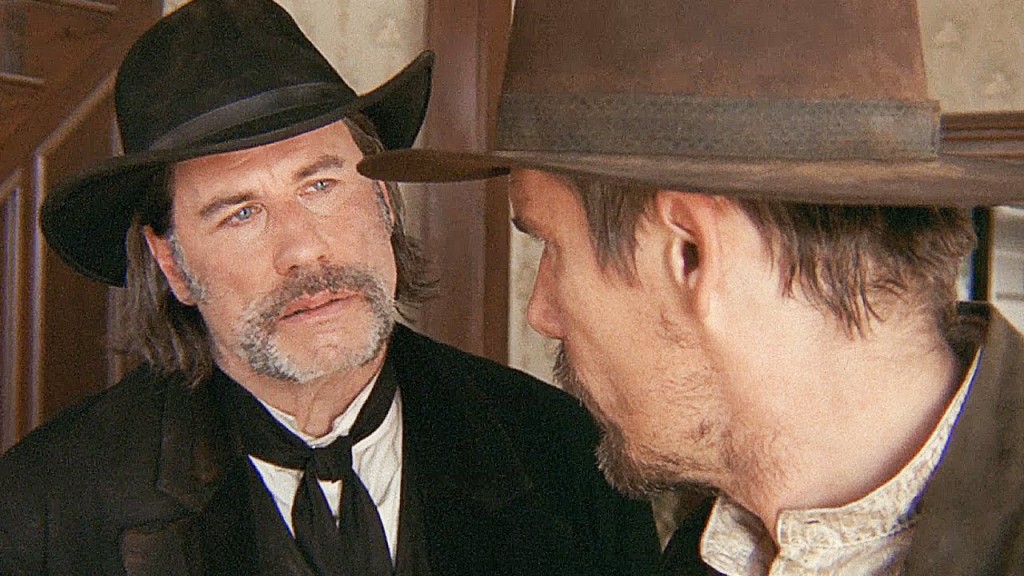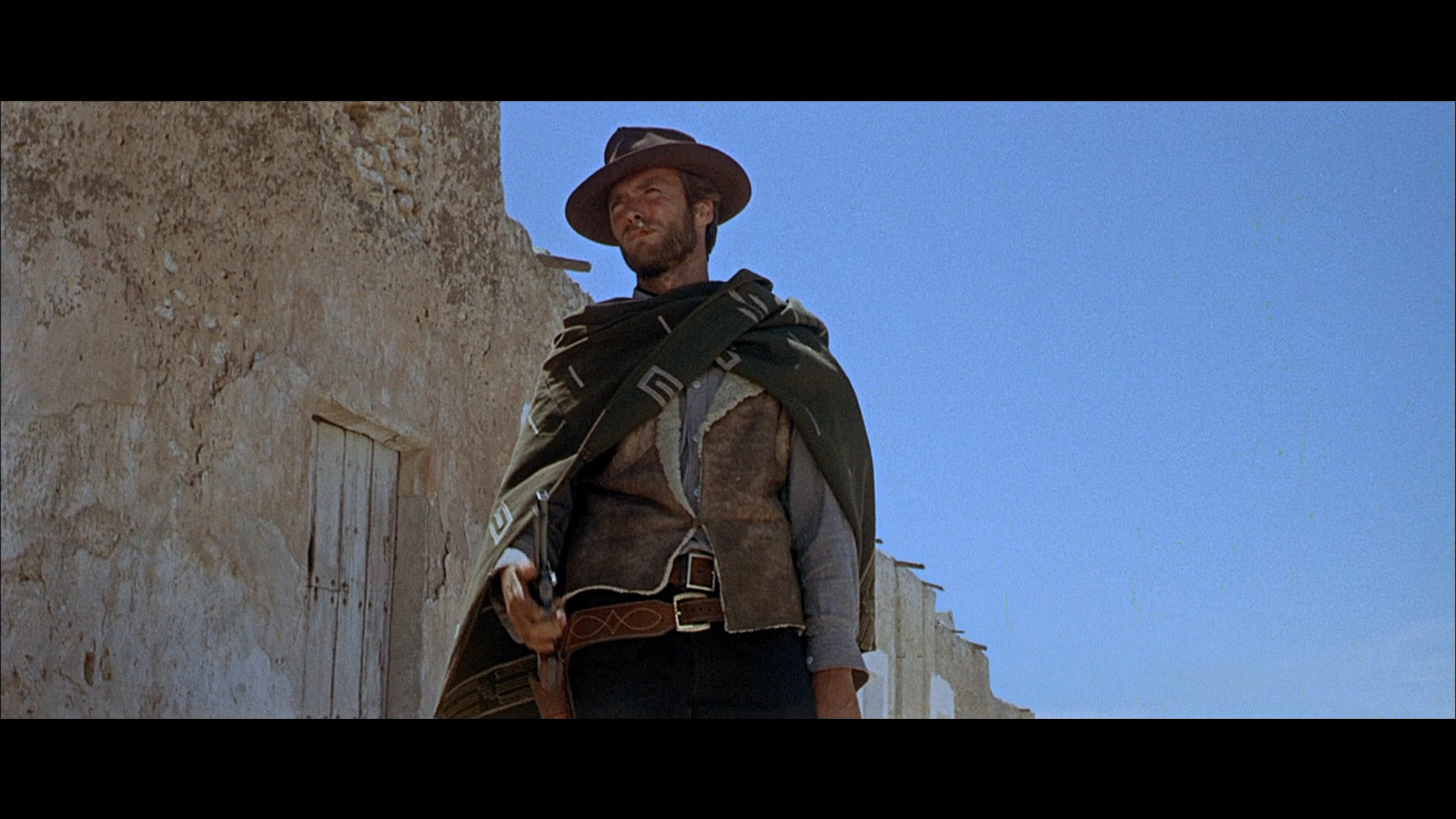Ennio Morricone, one of the greatest movie music composers (and perhaps the most iconic) has died. Among his 519 composing credits, he is most known for his groundbreaking scores in the Sergio Leone/Clint Eastwood Spaghetti Western trilogy: A Fistful of Dollars, For a Few Dollars More and The Good, the Bad and the Ugly.
He won an Oscar for The Hateful 8 in 2015. Although his score was excellent, it referred to his earlier, entirely original work, and this was probably a well-deserved “career achievement” award.
Morricone’s work was ever aspirational, seemingly seeking to become iconic. It takes fearlessness to incorporate whistling, gunshots, chanting men’s choirs, the Jew’s Harp, and what the New York Times calls the “bizarre, wailing “ah-ee-ah-ee-ah,” played on a sweet potato-shaped wind instrument called an ocarina“. Morricone didn’t believe in understatement.
Leone earned his first credit in 1960 and wrote the startlingly original Fistful in 1964 at age 36. His music defined the genre of Spaghetti Western as much as did Sergio Leone’s grotesques and closeups. Along with Leone’s great The Man with No Name trilogy, Leona composed for Once Upon a Time in the West and 2 Mules for Sister Sara. His trademark music elevated well over ten Spaghetti Westerns, including the lesser Seven Guns for theMacGregors, Navajo Joe, The Great Silence, My Name Is Nobody, and Duck You Sucker (and I’ve seem ’em all).
Besides the spaghetti westerns, Morricone composed the scores of The Battle of Algiers, 1900 Once Upon a Time in America, La Cage aux Folles and Cinema Paradiso. He was still working in 2020 at age 91.
I particularly admire his score for the 1986 historical drama The Mission. In the video below, Morricone himself conducts a symphony orchestra playing the theme from The Mission. In the story, an 18th Century Jesuit (Robert DeNiro) tries to Christianize an indigenous tribe in Paraguay (and it doesn’t end well). At 3:15, a flute reflects the indigenous culture and, at 5:30, a massive choir brings in the gravitas.



